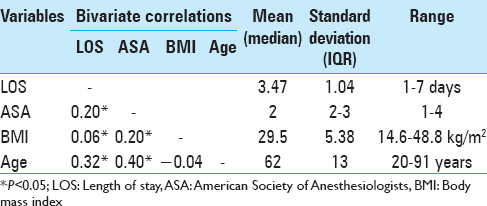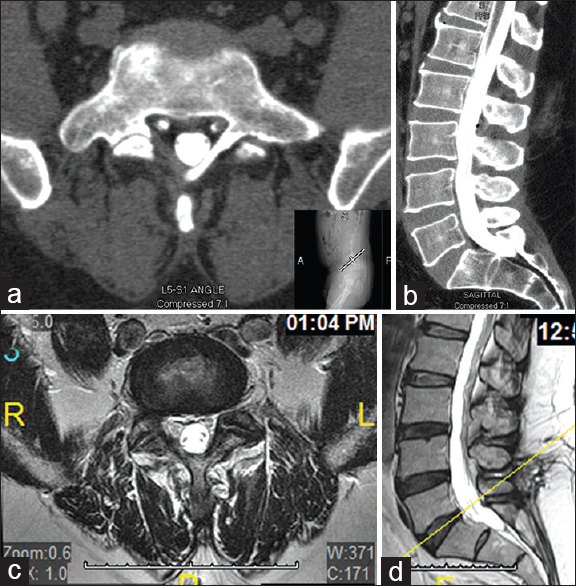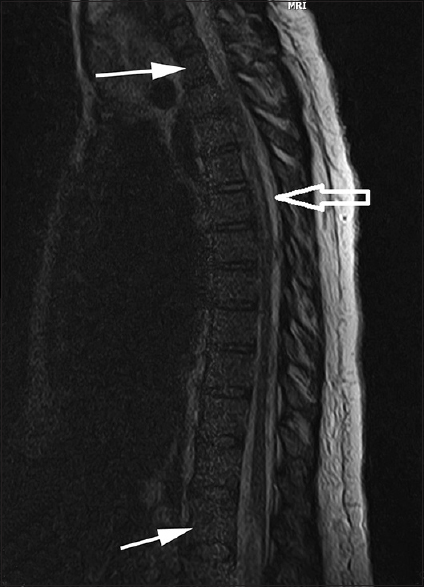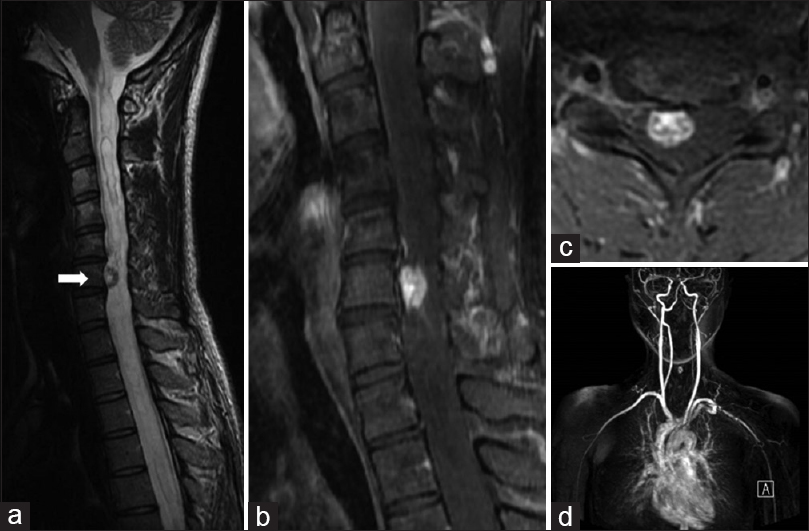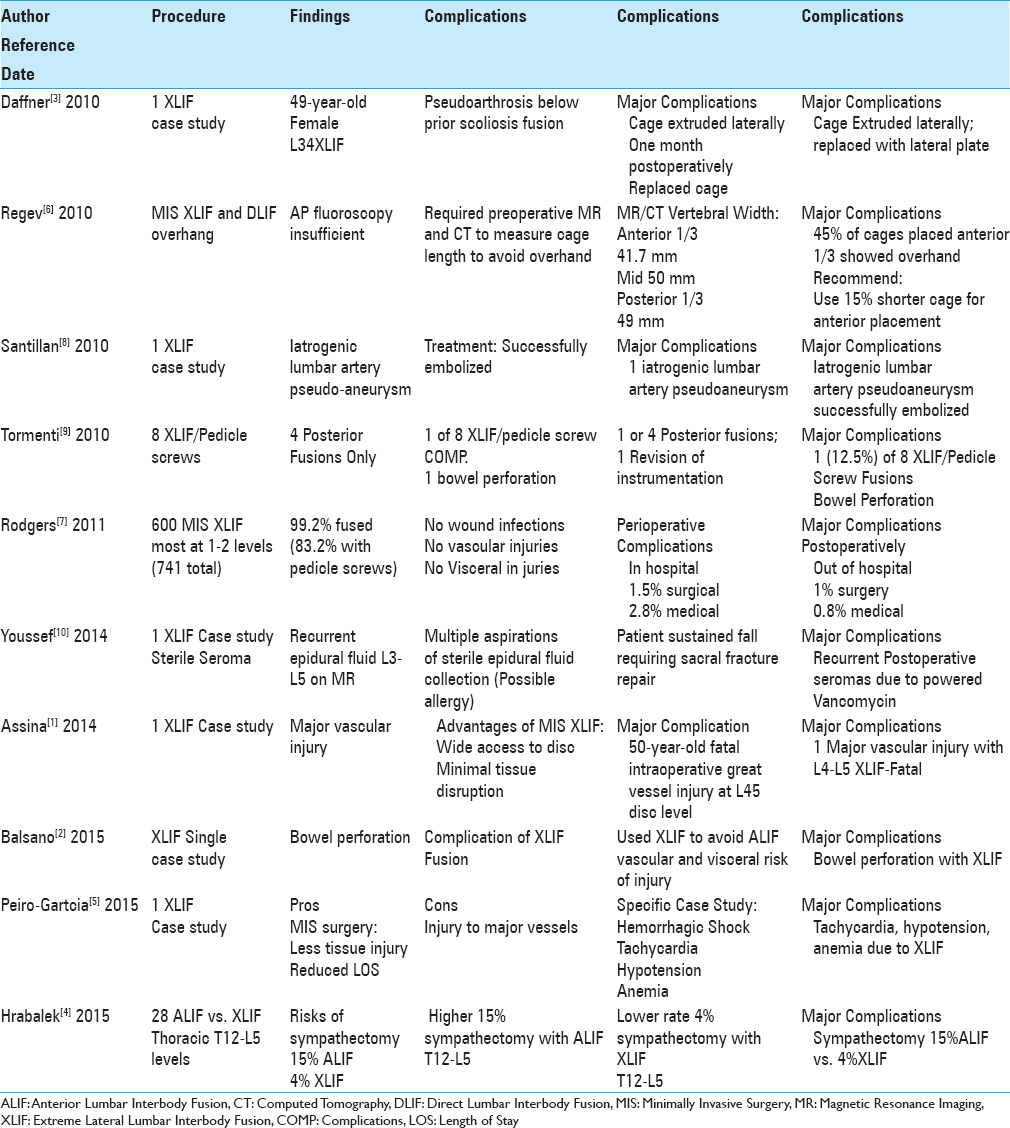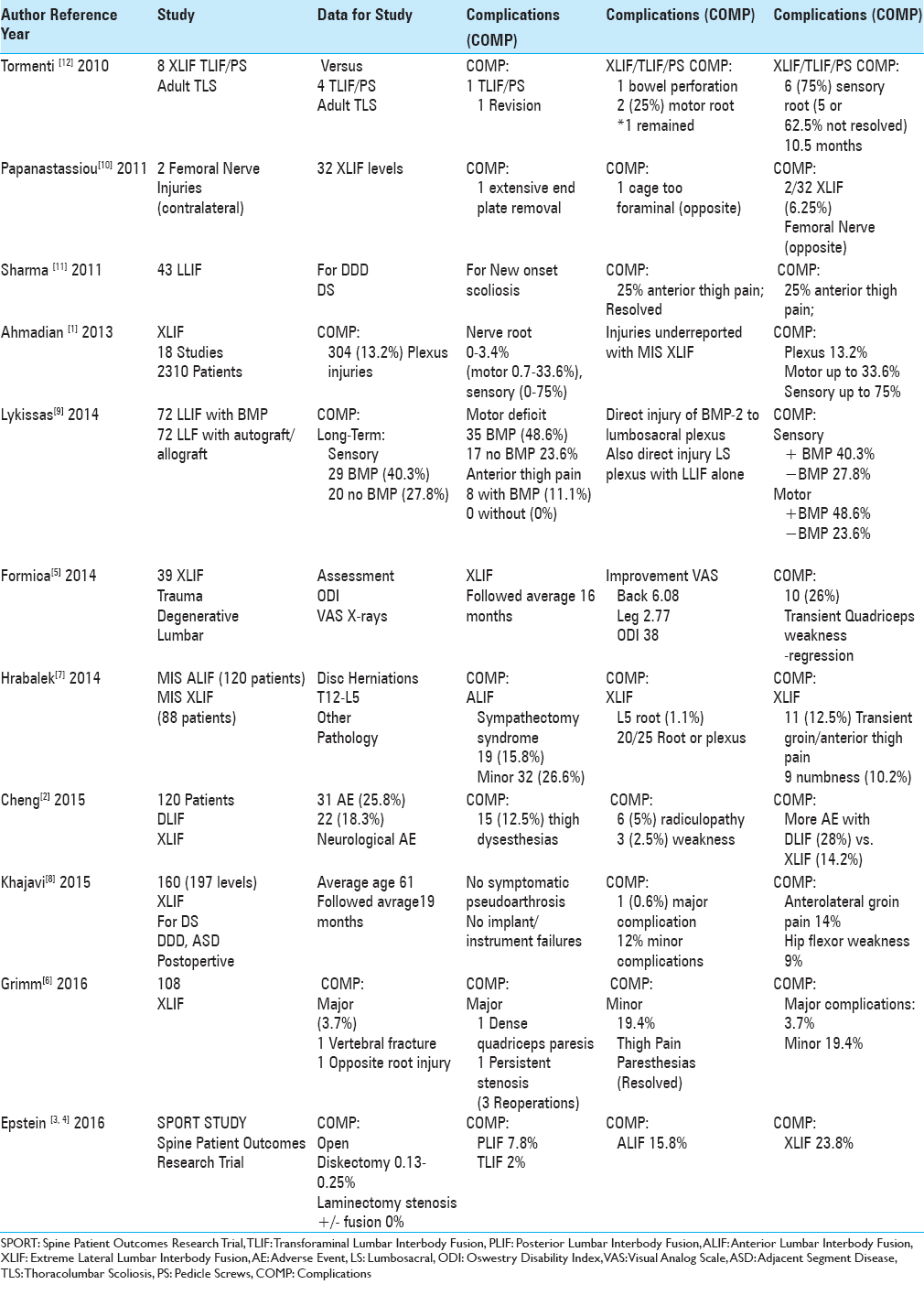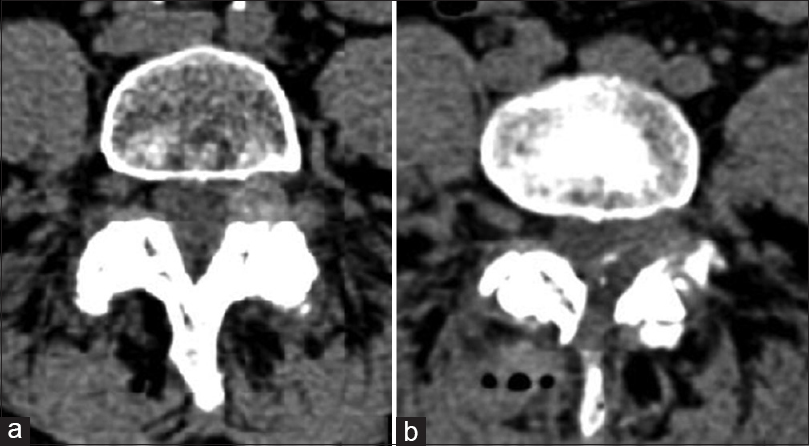Factors influencing the length of stay in patients with lumbar pedicle screw fixation
Date of publication: 22-Sep-2016
Background:Current health care practices aim for cost reduction to achieve maximal benefit. Because of the increasing number of spinal fusions, this area has become a target for both hospitals and payment organizations. Length of stay (LOS) is one potentially modifiable variable to help reduce overall cost. Attempting to predict the LOS in spinal surgery based on patient factors has not revealed a set of variables that are consistently associated with increased stay.
Spinal neuromodulation as a novel surgical option for failed back surgery syndrome following rhBMP exuberant bony growth in instrumented lumbar fusion: A case report and literature review
Date of publication: 22-Sep-2016
Background:Bone morphogenic protein (BMP) for instrumented lumbar fusion was approved in 2002, and since then has led to an increasing incidence of BMP-related neuropathic pain. These patients are usually resistant to conventional medical therapy and frequently undergo multiple surgical revisions without any pain relief.
Large, spontaneous spinal subdural–epidural hematoma after epidural anesthesia for caesarean section: Conservative management with excellent outcome
Date of publication: 22-Sep-2016
Background:Iatrogenic or spontaneous spinal hematomas are rarely seen and present with multiple symptoms that can be difficult to localize. Most spontaneous spinal hematomas are multifactorial, and the pathophysiology is varied. Here, we present a case of a scattered, multicomponent, combined subdural and epidural spinal hematoma that was managed conservatively.
Successful surgical strategy for a cervical hemangioblastoma: Case report
Date of publication: 22-Sep-2016
Background:Hemangioblastomas are hypervascular lesions and hence their surgical management is challenging. In particular, if complete resection is to be attained, all feeding and draining vessels must be occluded. Although most intramedullary spinal cord tumors are treated utilizing a posterior approach, we describe an anterior surgical strategy for resection of an intramedullary cervical hemangioblastoma.
Non-neurological major complications of extreme lateral and related lumbar interbody fusion techniques
Date of publication: 22-Sep-2016
Background:Complications exclusive of new neurological deficits/injuries that follow extreme lateral interbody fusion (XLIF) and related lateral lumbar interbody techniques should be better recognized to determine the safety of these procedures. Unfortunately, a review of the XLIF literature did not accurately reflect the frequency of these “other complications” as few US surgeons publish such adverse events that may lead to medicolegal suits.
High neurological complication rates for extreme lateral lumbar interbody fusion and related techniques: A review of safety concerns
Date of publication: 22-Sep-2016
Background:There are frequent reports of lumbosacral plexus and other neurological injuries occurring with extreme lateral interbody fusions (XLIF) and other related lateral lumbar techniques.
Commentary on: The role of surgery for treatment of low back pain: Insights from the randomized controlled SPORT trials
Date of publication: 22-Sep-2016
Background:The SPORT trial database offered much useful information regarding the efficacy of surgical treatment for lumbar disc herniations, lumbar spinal stenosis, and degenerative spondylolisthesis. Data were obtained from 13 sites and included 2500 patients.
Commentary on: Laminectomy plus fusion versus laminectomy alone for lumbar spondylolisthesis by Ghogawala Z, Dziura J, Butler WE, Dai F, Terrin N, Magge SN, et al. NEJM 2016;374 (15):1424-34
Date of publication: 22-Sep-2016
Background:How does an article involving only 66 patients randomized into two spinal surgical groups get into the New England Journal of Medicine? Nevertheless, this one did. The article by Ghogawala et al. entitled Laminectomy plus fusion versus laminectomy alone for lumbar spondylolisthesis, compared the efficacy/outcomes of pedicle/screw/rod instrumented posterolateral lumbar fusions vs. decompressions alone for treating lumbar stenosis with grade I degenerative spondylolisthesis (DS).
Commentary on: A randomized controlled trial of fusion surgery for lumbar spinal stenosis (Forsth P, Ólafsson G, Carlsson T, Frost A, Borgström F, Fritzell P, et al. N Eng J Med 2016;374:1414-23)
Date of publication: 22-Sep-2016
Background:This article by Forsth et al. published in the New England Journal of Medicine entitled A randomized controlled trial of fusion surgery for lumbar spinal stenosis determined that decompressions alone vs. decompressions/fusions were equally effective in treating 1-2 level spinal stensois with/without degenerative spondylolisthesis (DS). Additionally, decompression alone reduced the perioperative morbidity, while reducuing the length of hospital stay (LOS), operative time, and surgical costs.
Contralateral interlaminar approach for intraforaminal lumbar degenerative disease with special emphasis on L5-S1 level: A technical note
Date of publication: 21-Sep-2016
Background:Intraforaminal disc herniations at the L5-S1 level are extremely surgically challenging lesions. Intracanal approaches frequently require partial or total facetectomy, which may lead to instability. Solely extraforaminal approaches may offer limited visualization of the more medial superiorly exiting and inferiorly exiting nerve roots; this approach is also more complicated at L5-S1 due to the often large L5 transverse process and the iliac wing.


